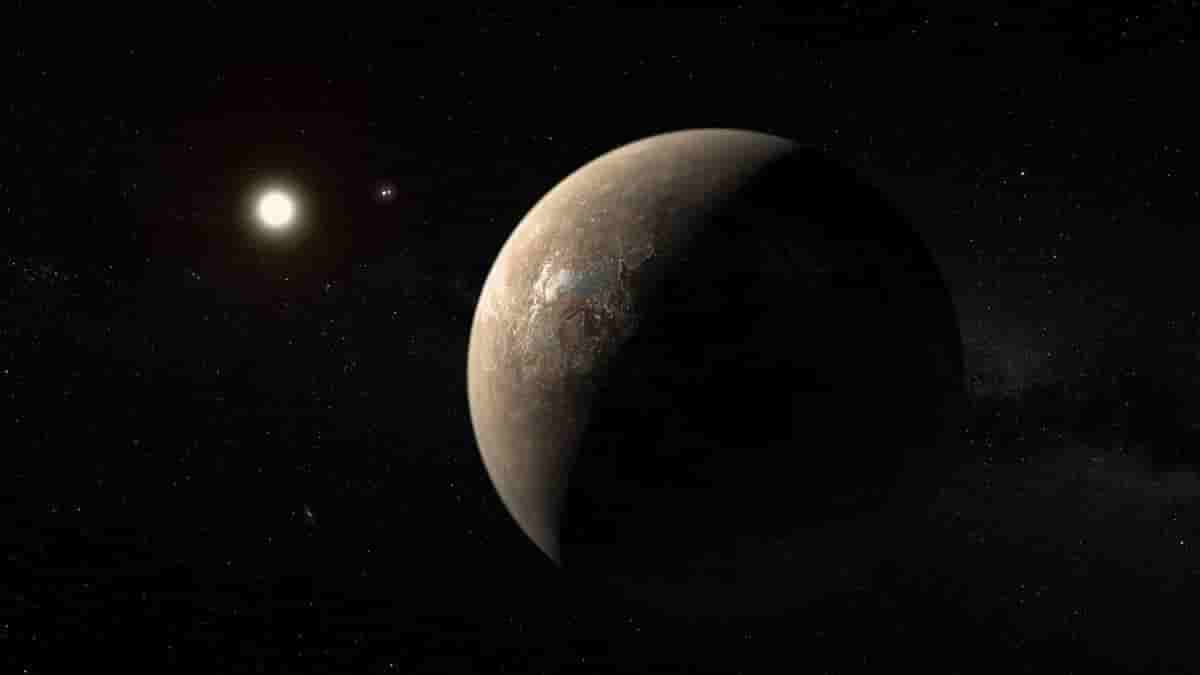This planet can be habitable for humans in near future

Scientists have closely been studying Proxima Centauri B since its discovery in 2016. They are curious to know about its potential to sustain life in the future. Recently researchers found that under a wide range of conditions, Proxima Centauri b can sustain enormous areas of liquid water on its surface.
The Proxima Centauri B mass is 1.3 times Earth’s mass and it is a red dwarf star. It takes 11 days to go around its parent star.
“The major message from our simulations is that there’s a decent chance that the planet would be habitable,” said Anthony Del Genio, a planetary scientist at the NASA Goddard Institute for Space Studies in New York City, told LiveScience.
When scientists modeled a hypothetical atmosphere on Proxima Centauri B in 2016 they found that the star-facing hemisphere of the exoplanet might be baked while the other side froze. So according to the finding, only a circle of the warm sea might exist on Proxima Centauri b.
But the recent simulation was carried out by including a dynamic, circulating ocean able to transfer heat from one side to another. The researcher Del Genio told LiveScience “Even though the night side never sees any starlight, there’s a band of liquid water that’s sustained around the equatorial region,”. Researchers ran different simulation scenarios to study the effect of giant continents, thin atmospheres, different atmospheric compositions, and changes in the amount of salt in the global ocean. Almost in all the scenarios, they observed the ocean at some part of its surface.


